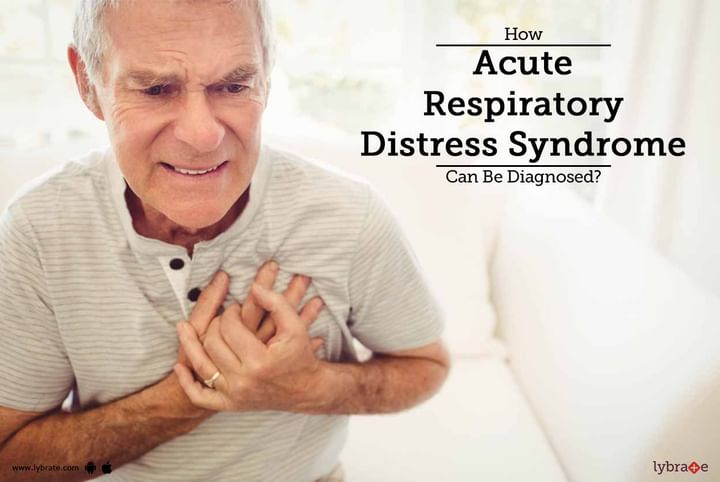How Acute Respiratory Distress Syndrome Can Be Diagnosed?
Acute respiratory distress syndrome also known as ARDS is the condition when the lungs fail to pump sufficient oxygen to vital organs such as the brain and kidneys. This happens due to fluid collecting in the lungs which reduces its capacity to function. If ADRS is not diagnosed and treated in time, it can lead to death.
Causes and Symptoms
While it has been proved that the leakage of fluids from some of the minor blood vessels can enter the lungs causing ARDS, there is still no clarity on what triggers this leakage or how such fluid enters the lungs. It has been observed that patients already admitted and undergoing treatments in a hospital have been diagnosed with the ARDS condition. This indicates that the condition could be brought about by an injury caused during an accident or due to a health condition. The predominant symptom of ARDS is the loss of breath which could be severe in some cases. The other symptoms include a blue tinge to the lips and nails caused be the reduced supply of oxygen.
Diagnosis
There is no single test to diagnose acute respiratory distress syndrome. Doctors will use a combination of results from chest rays and the analysis of blood samples to confirm the diagnosis of this condition. In some cases, a CT scan may also be ordered. A physical examination and checking the medical history of the patient is mandatory and is included in the diagnostic process for ARDS.
Treatment
Once diagnosed, the patient will be immediately put on external oxygen support. If a simple air mask is not enough then a breathing tube may be used to ensure sufficient oxygen reaches all parts of the body. The patient might also be put on a ventilator. Oral medications to help stop the bleeding and prevent clotting of blood will be prescribed. Medications could also be administered through the use of IV fluids. It is necessary for patients with this condition to remain calm. In an agitated or excitable state the demand for oxygen is greater. Doctors might therefore, prescribe medications to ensure patients remain calm.
Recovery and After
As mentioned earlier, there is a crucial need to diagnose acute respiratory distress syndrome in time to ensure a quick start to the treatment available. This condition can be brought under control and the person can lead a normal life. Doctors will advise patients to quit smoking and to reduce or limit the intake of alcohol. Taking a flu shot, periodically, to protect against diseases such as pneumonia will also be beneficial to patients with ARDS+.
In case you have a concern or query you can always consult an expert & get answers to your questions!



+1.svg)
